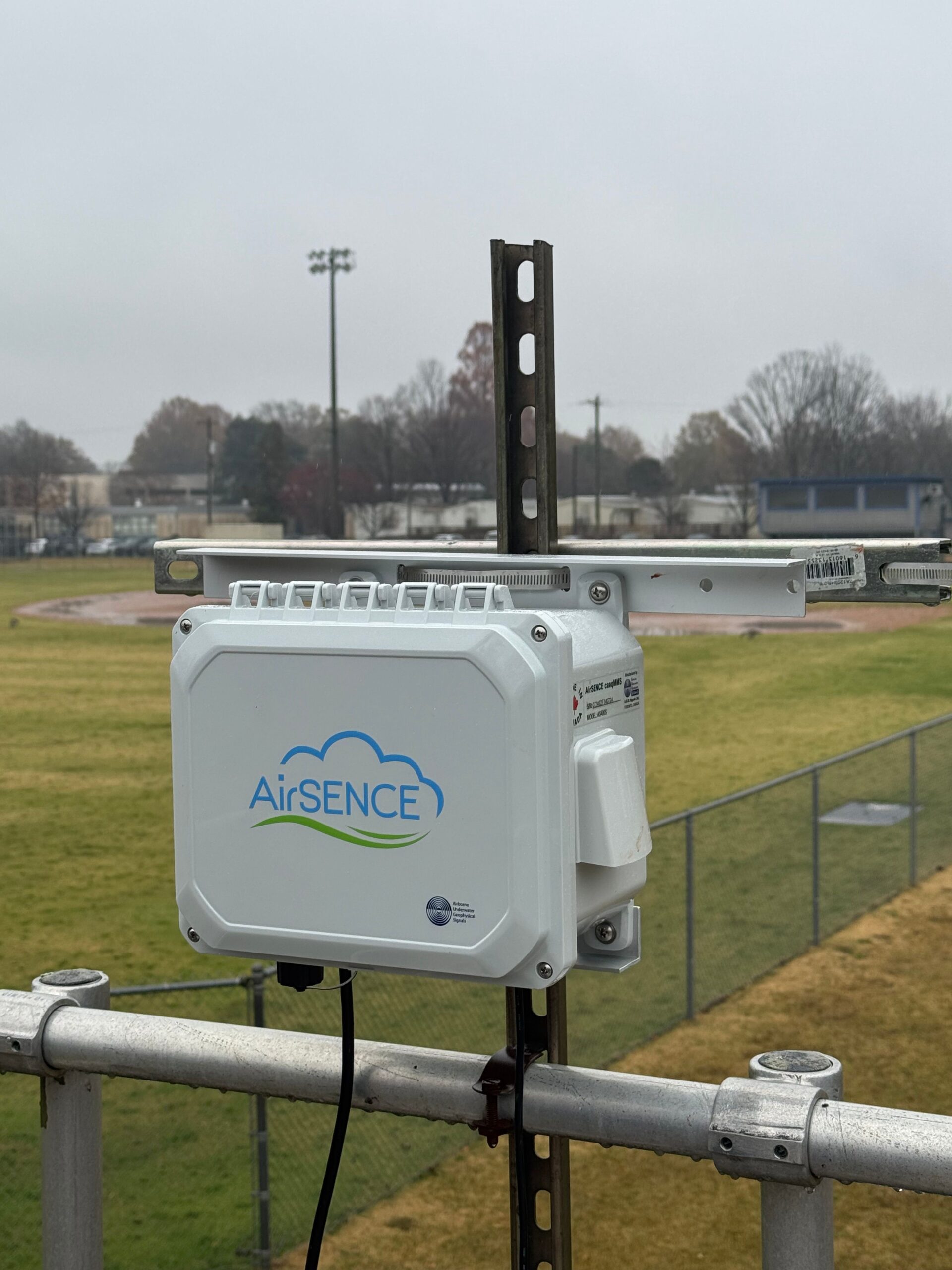
Why Airports, Railway Stations and Seaports Require Air Monitoring?
The importance of measuring air quality in and around airports, railway stations, and seaports has been well established by various air quality research teams. Particulate matter and gaseous pollutants such as oxides of nitrogen and volatile organic compounds (VOCs) are released by various activities on airport tarmacs such as engine idling, aircraft taxiing, and refueling; for this reason it is common to find these pollutants at higher than normal concentrations in areas surrounding airports. These pollutants also infiltrate into airport terminals already plagued by elevated carbon dioxide and noise levels from dense commuter traffic, potentially causing serious health problems for unsuspecting passengers and personnel. It is thus critical to install air quality monitoring devices in and around airports as the pollution affects both nearby residents as well as travelers and airport staff both indoors and outdoors.
Railways, seaports, and heavy-duty vehicles similarly see high levels of fossil fuel combustion, creating air pollution that has been linked to respiratory diseases, premature death, and cancer. Recurring regional smog produced by these vehicles eventually results in toxic hot spots that seriously impact the surrounding environment. These transportation hubs, much like airports, are also urgently in need of effective ambient air quality monitoring systems.
Why choose AirSENCE?
Developed by A.U.G. Signals Ltd., an ambient air quality monitor manufacturer, AirSENCE is an Advanced, Accurate and Affordable air quality monitoring station.
AirSENCE offers state-of-the-art sensors for all major gaseous and particulate pollutants as well as environmental parameters, despite being a low cost air quality monitoring station. Advanced features and real-time accurate data provide a tailor-made solution for transport authorities to monitor external and internal air quality in addition to ambient noise. This enables them to not only trace the sources of pollution and formulate effective mitigation strategies, but also allows for immediate corrective actions to be taken if and when necessary and improve commuters’ experiences.
The first step to improving air quality in transport hubs is measurement: you can’t control what you can’t measure. As a sensor-based continuous ambient air quality Micro Monitoring System (CAAQMMS), AirSENCE delivers accurate data that professionals can trust.














